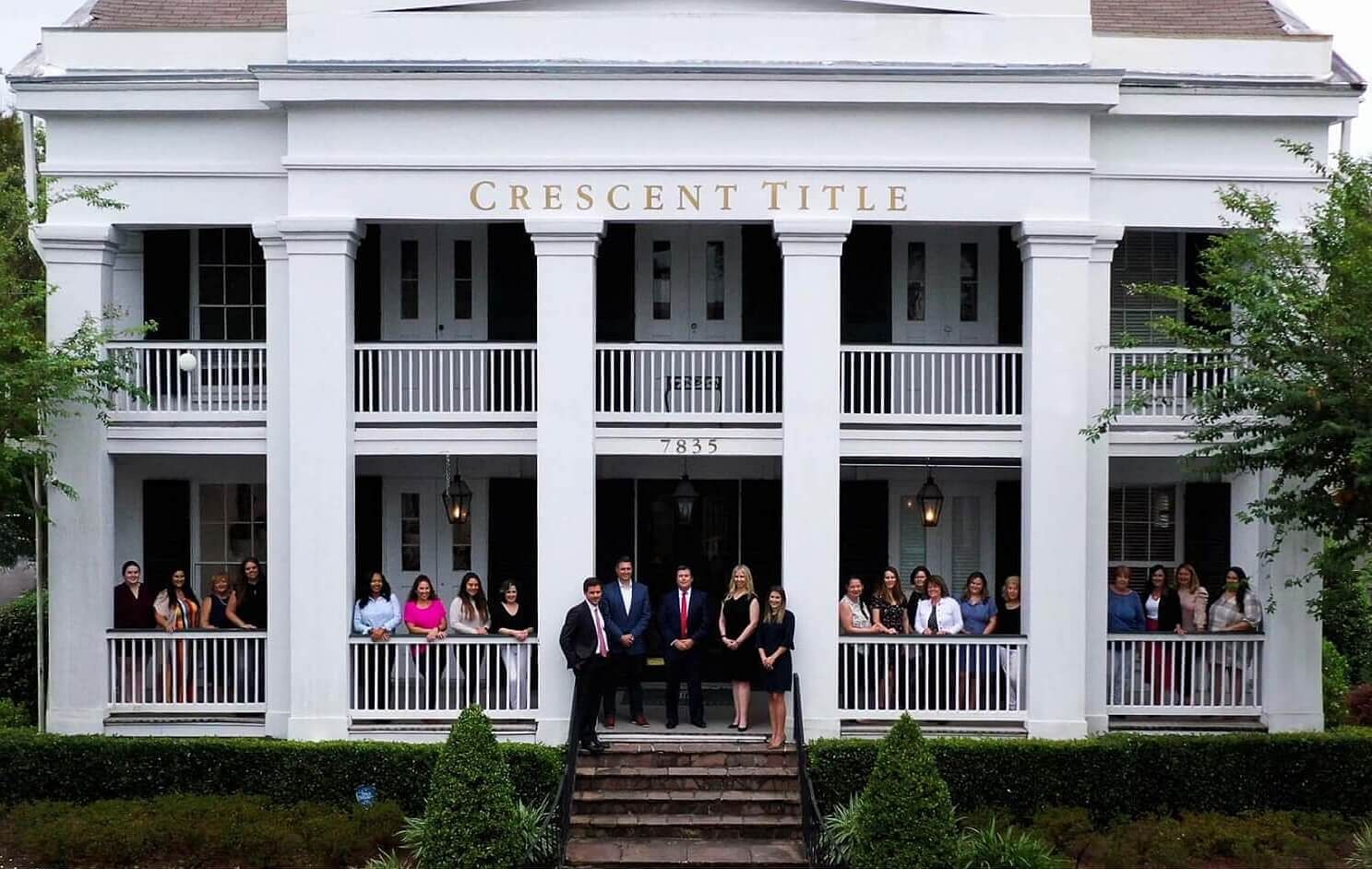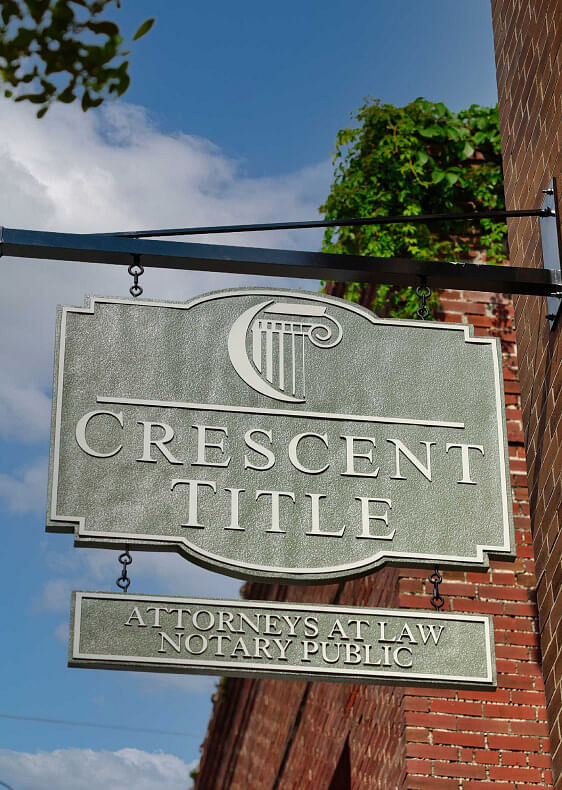1031 Exchange

1031 Tax Deferred Exchanges
The tax deferred exchange, as defined in §1031 of the Internal Revenue Code, offers taxpayers one of the last great opportunities to build wealth and save taxes. By completing an exchange, the Taxpayer (“Exchanger”) can dispose of investment or business-use assets, acquire Replacement Property and defer the tax that would ordinarily be due upon the sale.
To fully defer the capital gain or recapture tax, the Exchanger must:
- acquire “like kind” Replacement Property that will be held for investment or used productively in a trade or business,
- purchase replacement property of equal or greater value,
- reinvest all of the equity into the Replacement Property, and
- obtain the same or greater debt on the Replacement Property.
There are two key deadlines that the Exchanger must meet to have a valid exchange:
Identification Period
Within 45 calendar days of the transfer of the first Relinquished Property, the Exchanger must identify the Replacement Property to be acquired.
Exchange Period
The Exchanger must receive the Replacement Property within the earlier of 180 calendar days after the date on which the Exchanger transferred the first Relinquished Property, or the due date (including extensions) for the Exchanger’s tax return for the tax year in which the transfer of the first Relinquished Property occurs.

Successful
1031 Exchange
A successful IRC §1031 exchange transaction requires planning, expertise and support. Crescent Title assists our clients by explaining the various types of exchanges, discussing the options that may minimize or eliminate any negative tax impact, and coordinating the exchange process. Laying the proper groundwork before entering into an exchange will avoid unnecessary obstacles and lead to a smooth transaction.

Are You Ready To Get Started?

